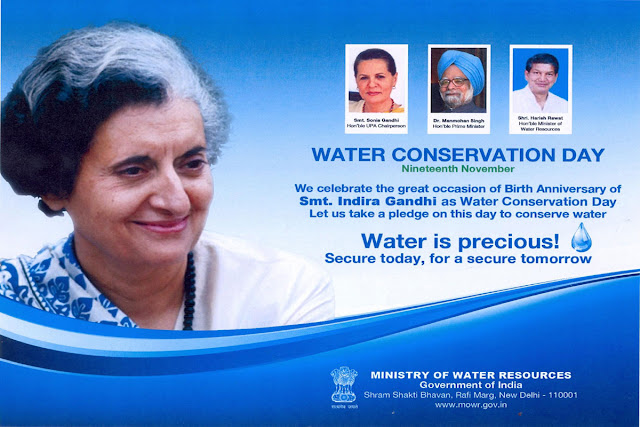National Water Policy

National Water Policy By Dr Arvind Kumar The 2012 National Water Policy has been adopted despite opposition from the States to several contentious clauses in the policy. Prime Minister’s assurance that the Central government did not wish to encroach, in any manner, upon the constitutionally guaranteed rights of the States or to centralise water management, did not seem to work as State after the State opposed the move. Many states have opposed the proposal to set up an overarching national legal framework for water governance on the plea that it would impinge on their rights, water being a State subject. Undoubtedly, the official line is that the States are free to take a call on adopting the revised policy. However, there is a catch: reforms will be linked to Central funding for water projects. Tamil Nadu laments: “Incentivising States to undertake water reforms may mean tying up Central funding to so-called reforms measures like imposing water tariff on agriculture u...






.jpg)
















